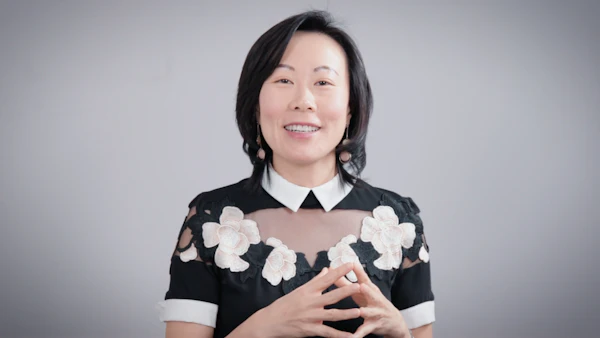Self-monitoring of blood glucose (SMBG) is a traditional method for diabetes management that uses finger sticks to obtain a single snapshot of blood glucose levels at a particular time.1 Continuous glucose monitoring (CGM), on the other hand, collects glucose data continuously throughout the day and night.2 It detects trends, tracks patterns and identifies episodes of hypoglycaemia and hyperglycaemia.3,4

Who should use CGM? Dr. Richard Bergenstal shares his perspective.
CGM wearable devices use a sensor inserted into the skin to continuously measure glucose levels in the interstitial fluid.2 The data is transmitted to a smartphone app or reader, which translates the information into actionable insights potentially including:2,3
- Current glucose levels
- Mean glucose levels
- Glycaemic variability
- Trend arrows that show if glucose levels are going up or down
- Percentages of time the user spends within, above, or below their target glycaemic range - Time in Range (TIR), Time Above Range (TAR), and Time Below Range (TBR).
Some of the systems may also have an alarm feature to alert the user if their glucose levels are too high or too low.2,4
To have adequate data for an Ambulatory Glucose Profile (AGP) Report, it is recommended that people with diabetes wear a sensor at least 70% of the time for 14 days.3

Dr. Alice Cheng, University of Toronto, shares her approach to discussing CGM data with patients.
The benefits of continuously tracking glucose levels
CGM is a way for people with diabetes to easily track the percentage of time spent in a target glycaemic range.3 Compared to HbA1c, which reflects a person’s average glucose levels over the previous two to three months, CGM data reflect daily changes in glucose levels and can indicate patterns of glucose levels including hypoglycaemia (TBR) and hyperglycaemia (TAR). 3,5 These data make it easier for people with diabetes to manage their condition, giving them practical insights into how factors like diet, exercise, and other behaviours affect their daily glucose profiles. They may also be used to inform treatment decisions by healthcare professionals.3,5
In addition to a treatment plan recommended by a healthcare professional, these detailed insights can help empower people with diabetes to take control of their own diabetes in between follow-up visits.
Lasse uses CGM to better understand his diabetes

Meet Lasse (32 years, Type 1, Denmark) and hear how using a CGM device helps him better understand his glucose levels and make smart lifestyle choices.